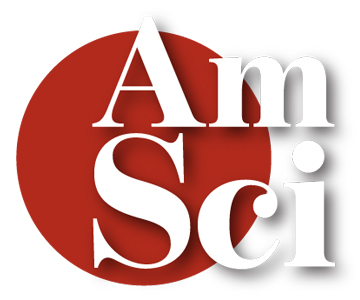
George Lakoff
George Lakoff is Richard and Rhoda Goldman Distinguished Professor of Cognitive Science and Linguistics at the University of California, Berkeley, and Senior Fellow at the Rockridge Institute. He is the author of Moral Politics (University of Chicago Press, 1996 and 2002); Metaphors We Live By (University of Chicago Press, 1980) and Philosophy in the Flesh (Basic Books, 1999), both with Mark Johnson; Women, Fire, and Dangerous Things (University of Chicago Press, 1987); Where Mathematics Comes From (Basic Books, 2000), with Rafael Núñez; Don't Think of an Elephant! (Chelsea Green Publishing, 2004); Whose Freedom? (Picador, 2006); and Thinking Points (Farrar, Straus & Giroux, 2006), with the Rockridge Institute. The Political Mind will appear from Viking/Penguin in 2008.